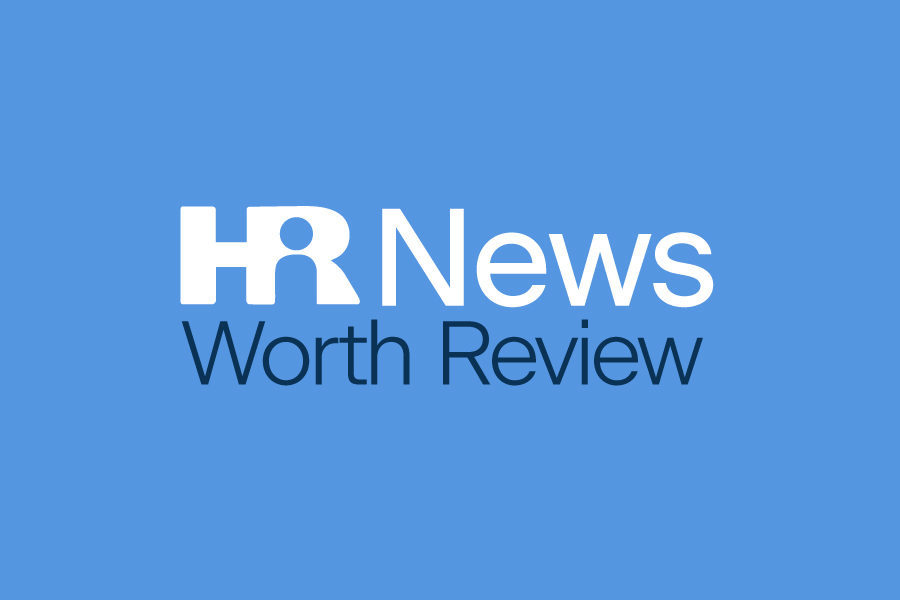IRS Proposes Change to Family Coverage Affordability Rules
On April 5, 2022, the IRS released a proposed rule that would change the existing rules for eligibility for the premium tax credit (PTC). The PTC is available to eligible individuals who purchase health insurance coverage through the Exchange. Individuals who have access to affordable, minimum value employer-sponsored coverage are not eligible for the PTC.
Overview of the Proposed Change
Currently, whether employer-sponsored coverage is considered affordable for family members is determined based on the lowest-cost self-only coverage available to the employee. The cost of family coverage is not currently taken into account. These rules apply for determining an individual’s eligibility for the PTC, and have also been specifically incorporated for use in determining affordability for purposes of the employer shared responsibility rules.
The proposed rule would provide that an employer-sponsored plan is affordable for family members if the portion of the annual premium the employee must pay for family coverage (the employee’s required contribution) does not exceed 9.5% (as adjusted annually) of household income. For this purpose, family coverage means all employer plans that cover any related individual other than the employee. The proposed rule would also add a minimum value rule for family members based on the benefits provided to the family members.
Employer Takeaway
If this rule is finalized, the change would likely mean that more individuals will be newly eligible for a premium tax credit for coverage purchased through the Exchange. The proposed rule does not address how or whether this change will impact the affordability calculation for the employer shared responsibility rules.
House Passes “SECURE 2.0” Bill
On March 29, 2022, the U.S. House of Representatives passed the Securing a Strong Retirement Act of 2022 with a bipartisan vote of 414-5. The act is often referred to as “SECURE 2.0” because it builds on the Setting Every Community Up for Retirement Enhancement (SECURE) Act of 2019.
Key SECURE 2.0 proposals include:
- Expanding automatic enrollment in 401(k) and 403(b) retirement plans (for plan years beginning after Dec. 31, 2023);
- Increasing the age for required minimum distributions (the SECURE Act increased this to age 72, while SECURE 2.0 would raise the age further to 73 starting on Jan. 1, 2023, to age 74 on Jan. 1, 2030, and to age 75 on Jan. 1, 2033);
- Improving coverage for part-time workers in 401(k) plans by reducing the years of service requirements for long-term, part-time workers to participate (for plan years beginning after Dec. 31, 2022);
- Increasing catch-up contributions for people aged 50 and over (for taxable years beginning after Dec. 31, 2023);
- Allowing SIMPLE IRAs to accept Roth contributions (for tax years beginning after Dec. 31, 2022);
- Treating student loan payments as elective deferrals for purposes of matching contributions (for plan years beginning after Dec. 31, 2022);
- Modifying the credit for small employer pension plan startup costs (for taxable years beginning after Dec. 31, 2022); and
- Establishing a national, online Retirement Savings Lost & Found Database for workers and retirees to find their lost retirement accounts (no later than two years after the date of enactment).
Employer Takeaway
Although there is broad bipartisan support, slight modifications to the bill may occur as it moves through the legislative process. We will continue to provide updates as it makes its way through the legislative process.
DOL Announces Public Education Campaign to Promote Workplace Mental Health Support
The U.S. Department of Labor (DOL) recently unveiled the Mental Health at Work: What Can I Do? public education campaign, which promotes “mental health-friendly” workplaces.
The DOL launched the campaign to help inform individuals—from entry-level staff to CEOs—about how they can personally promote mental health and foster well-being in their workplaces. Actions include setting a positive tone for inclusivity and being supportive of colleagues.
Mental health is a growing national concern; approximately one in five U.S. adults reported having a mental health condition during the pandemic, according to the National Alliance on Mental Illness.
The Mental Health at Work: What Can I Do? campaign features a video public service announcement, which will be broadcast nationally on television and radio. The campaign also features other resources for workplaces to use, including posters, an outreach toolkit and a mental health resource guide.
Employer Takeaway
Mental health continues to be a significant area of concern for both employers and their employees. The DOL’s Mental Health at Work: What Can I Do? campaign provides workplaces with ways to address mental health concerns in a productive way.
Employers interested in learning more about supporting employees with mental health concerns should visit the DOL campaign’s website. The site includes links to download campaign materials and a host of other employer resources. Additionally, Higginbotham’s Health Risk Management team has multiple resources available for employers that wish to emphasize mental health within their population health management programs.


